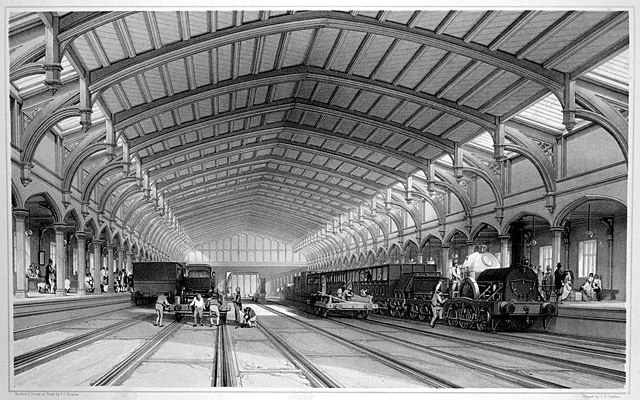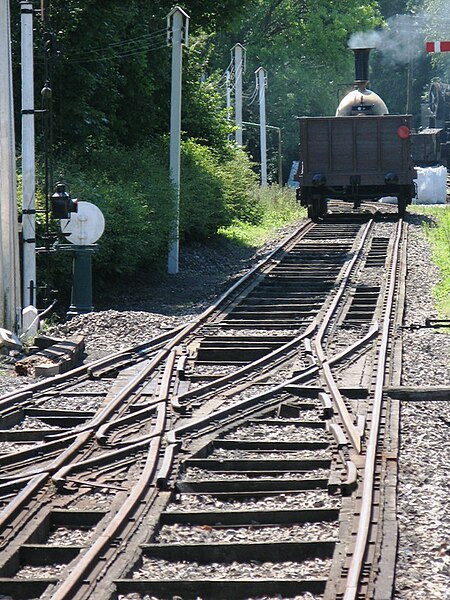The Great Western Railway road motor services operated from 1903 to 1933 by the Great Western Railway, both as a feeder to their train services, and as a cheaper alternative to building new railways in rural areas. They were the first successful bus services operated by a British railway company.
AF84 working a service from Helston to the Lizard in 1904
A 1904 Clarkson steam bus
The Great Western Railway (GWR) was a British railway company that linked London with the southwest, west and West Midlands of England and most of Wales. It was founded in 1833, received its enabling act of Parliament on 31 August 1835 and ran its first trains in 1838 with the initial route completed between London and Bristol in 1841. It was engineered by Isambard Kingdom Brunel, who chose a broad gauge of 7 ft —later slightly widened to 7 ft 1⁄4 in —but, from 1854, a series of amalgamations saw it also operate 4 ft 8+1⁄2 in standard-gauge trains; the last broad-gauge services were operated in 1892.
The interior of Brunel's train-shed at Temple Meads, the first Bristol terminus of the GWR, from an engraving by J. C. Bourne.
The Sonning Cutting in 1846
A broad-gauge train on mixed-gauge track
New corridor coaches on the Cornish Riviera Express






